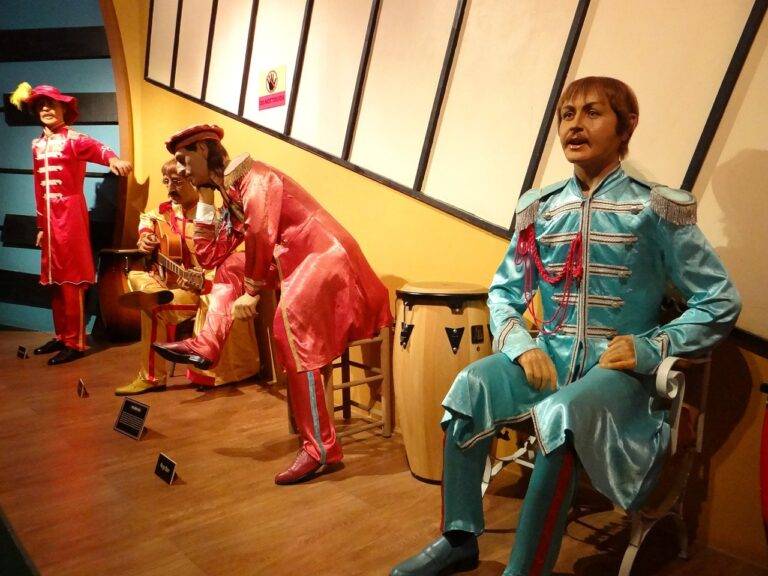The Psychology of Immersive Theater Experiences: Audience Participation and Emotional Engagement
Immersive storytelling in theater has the remarkable ability to transport audience members into the heart of the narrative. Through strategic use of interactive elements, such as spatial design and audience participation, theaters have the opportunity to engage their viewers on a deeper level. This form of storytelling not only captivates the audience but also allows them to become active participants in the unfolding drama, blurring the lines between performance and reality.
Understanding Audience Behavior in Immersive Settings
In immersive settings, audience behavior is a fascinating aspect to observe. With the audience being physically integrated into the performance space, their reactions and interactions become more immediate and intense. This heightened sense of presence often leads to a deep sense of engagement with the narrative and characters, resulting in a unique shared experience between the audience and performers.
Furthermore, audience behavior in immersive settings is often influenced by the level of interactivity offered in the performance. Whether through small, one-on-one interactions or larger group participatory moments, the audience’s willingness to engage can significantly impact their overall experience. This dynamic exchange between audience and performer in immersive settings creates a sense of collaboration and co-creation, blurring the lines between observer and participant in the theatrical experience.
The Role of Environment in Creating Emotional Connections
When entering a theatrical space, the environment plays a pivotal role in shaping the emotional journey of the audience. The physical setting, lighting, sound design, and overall atmosphere all contribute to immersing the viewers in the narrative unfolding before them. By carefully crafting the environment, directors and designers have the power to evoke specific emotions and enhance the overall impact of the performance.
Furthermore, the environment can serve as a bridge between the fictional world presented on stage and the lived experiences of the audience. When the setting aligns with a viewer’s personal memories or triggers, it can create a strong emotional resonance that deepens their connection to the story being told. This symbiotic relationship between the environment and the audience demonstrates the profound influence that the physical space can have on shaping emotional responses and fostering a more profound theatrical experience.





